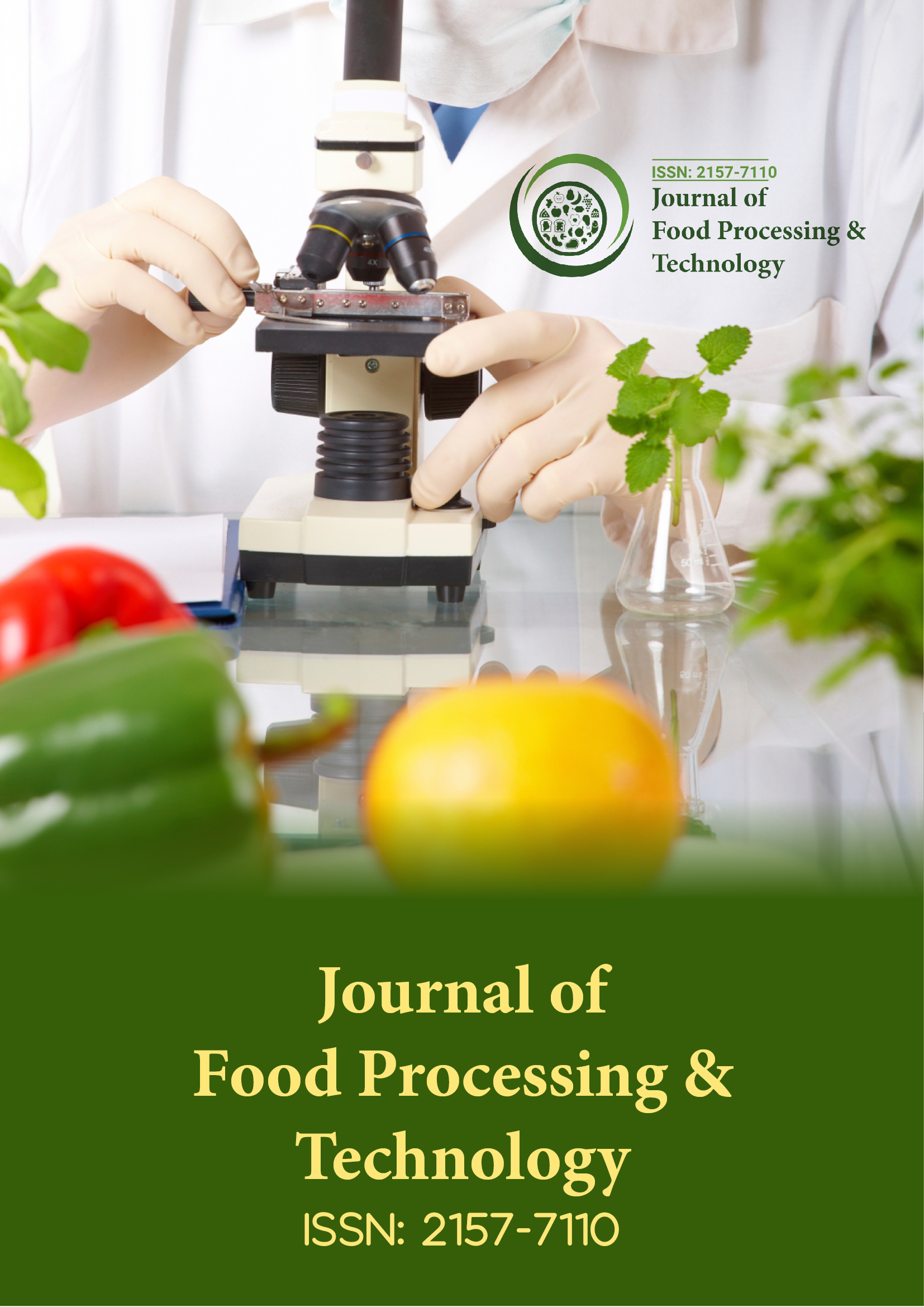зҙўеј•дәҺ
- Genamics жңҹеҲҠжҗңзҙў
- еӯҰжңҜй’ҘеҢҷ
- жңҹеҲҠзӣ®еҪ•
- дёӯеӣҪзҹҘзҪ‘пјҲCNKIпјү
- и®ҝй—®е…ЁзҗғеңЁзәҝеҶңдёҡз ”з©¶ (AGORA)
- еӣҪйҷ…еҶңдёҡдёҺз”ҹзү©з§‘еӯҰдёӯеҝғ (CABI)
- еҸӮиҖғжҗңзҙў
- з ”з©¶жңҹеҲҠзҙўеј•зӣ®еҪ• (DRJI)
- е“Ҳе§ҶиҫҫеӨ§еӯҰ
- дәҡеҲ©жЎ‘йӮЈе·һEBSCO
- OCLC-WorldCat
- еӯҰиҖ…жҢҮеҜј
- SWB еңЁзәҝзӣ®еҪ•
- жҷ®еёғйҡҶж–Ҝ
- 欧жҙІй…’еҗ§
- и°·жӯҢеӯҰжңҜ
жңүз”Ёзҡ„й“ҫжҺҘ
еҲҶдә«жӯӨйЎөйқў
жңҹеҲҠдј еҚ•

ејҖж”ҫиҺ·еҸ–жңҹеҲҠ
жҠҪиұЎзҡ„
е№ІзҮҘж–№жі•еҜ№иҷҫе“ҒиҙЁзҡ„еҪұе“Қ
Ajifolokun OMгҖҒBasson AKгҖҒOsunsanmi FO е’Ң Zharare GE
иҷҫжҳҜж°ҙз”ҹж·Ўж°ҙе’Ңе’ёж°ҙеҠЁзү©гҖӮиҷҫеҰӮд»Ҡе·ІжҲҗдёәеӣҪйҷ…иҙёжҳ“дёӯеўһй•ҝжңҖеҝ«зҡ„йЈҹе“Ғд№ӢдёҖпјҢиҝҷеҸҜиғҪжҳҜеӣ дёәе®ғ们具жңүжҳҺжҳҫзҡ„еҒҘеә·зӣҠеӨ„е’Ңзғ№йҘӘзү№жҖ§пјҢиҖҢдё”жӣҙйҮҚиҰҒзҡ„жҳҜпјҢе®ғжҳҜиӣӢзҷҪиҙЁзҡ„жқҘжәҗгҖӮз ”з©¶дәҶдёӨз§Қдё»иҰҒе№ІзҮҘж–№жі•пјҡж—Ҙжҷ’е№ІзҮҘе’ҢеңЁ 50°CгҖҒ60°C жҲ– 70°C дёӢзғҳе№ІеҜ№иҷҫзІүзҡ„иҗҘе…»гҖҒеҫ®з”ҹзү©е’Ңж„ҹе®ҳзү№жҖ§зҡ„еҪұе“ҚгҖӮд»Һз ”з©¶з»“жһңеҸҜд»ҘзңӢеҮәпјҢж—Ҙжҷ’иҷҫзІүзҡ„ж°ҙеҲҶеҗ«йҮҸй«ҳдәҺзғҳе№ІиҷҫзІүгҖӮиҷҫзІүзҡ„иҝ‘дјјжҲҗеҲҶз•ҘжңүдёҚеҗҢгҖӮж—Ҙжҷ’иҷҫзІүдёӯзҡ„жҖ»й…өжҜҚи®Ўж•°иҫғй«ҳпјҲ38× 10 -5 cfu/gпјүпјҢ70°C зғҳе№ІиҷҫзІүдёӯзҡ„й…өжҜҚи®Ўж•°жңҖдҪҺпјҲ19× 10 -5 cfu/gпјүгҖӮжӯӨеӨ–пјҢ70°C зғҳе№ІиҷҫзІүзҡ„жҖ»жҙ»иҸҢж•° (TVC) жңҖдҪҺпјҢдёә 12× 10 -5 cfu/gпјҢиҖҢж—Ҙжҷ’иҷҫзІүзҡ„жҖ»жҙ»иҸҢж•°иҫғй«ҳ (36× 10 -5 cfu/g)гҖӮж—Ҙжҷ’иҷҫзІүе’Ңзғҳе№ІиҷҫзІүдёӯеқҮжңӘи§ӮеҜҹеҲ°йңүиҸҢжҲ–еӨ§иӮ иҸҢзҫӨз”ҹй•ҝгҖӮж„ҹе®ҳиҜ„д»·з»“жһңиЎЁжҳҺпјҢе№ІзҮҘж–№жі•еҜ№иҷҫзҡ„ж„ҹе®ҳеҸӮж•°жңүжҳҫи‘—еҪұе“ҚгҖӮж¶Ҳиҙ№иҖ…еҜ№йҰҷж°”гҖҒеӨ–и§ӮгҖҒйўңиүІгҖҒе‘ійҒ“е’Ңж•ҙдҪ“жҺҘеҸ—еәҰзҡ„еҒҸеҘҪеӯҳеңЁжҳҫи‘—е·®ејӮгҖӮеңЁжүҖжңүиҜ„дј°еҸӮж•°дёӯпјҢ70°C зғҳе№ІиҷҫзІүеқҮдјҳдәҺж—Ҙжҷ’иҷҫзІүгҖӮ